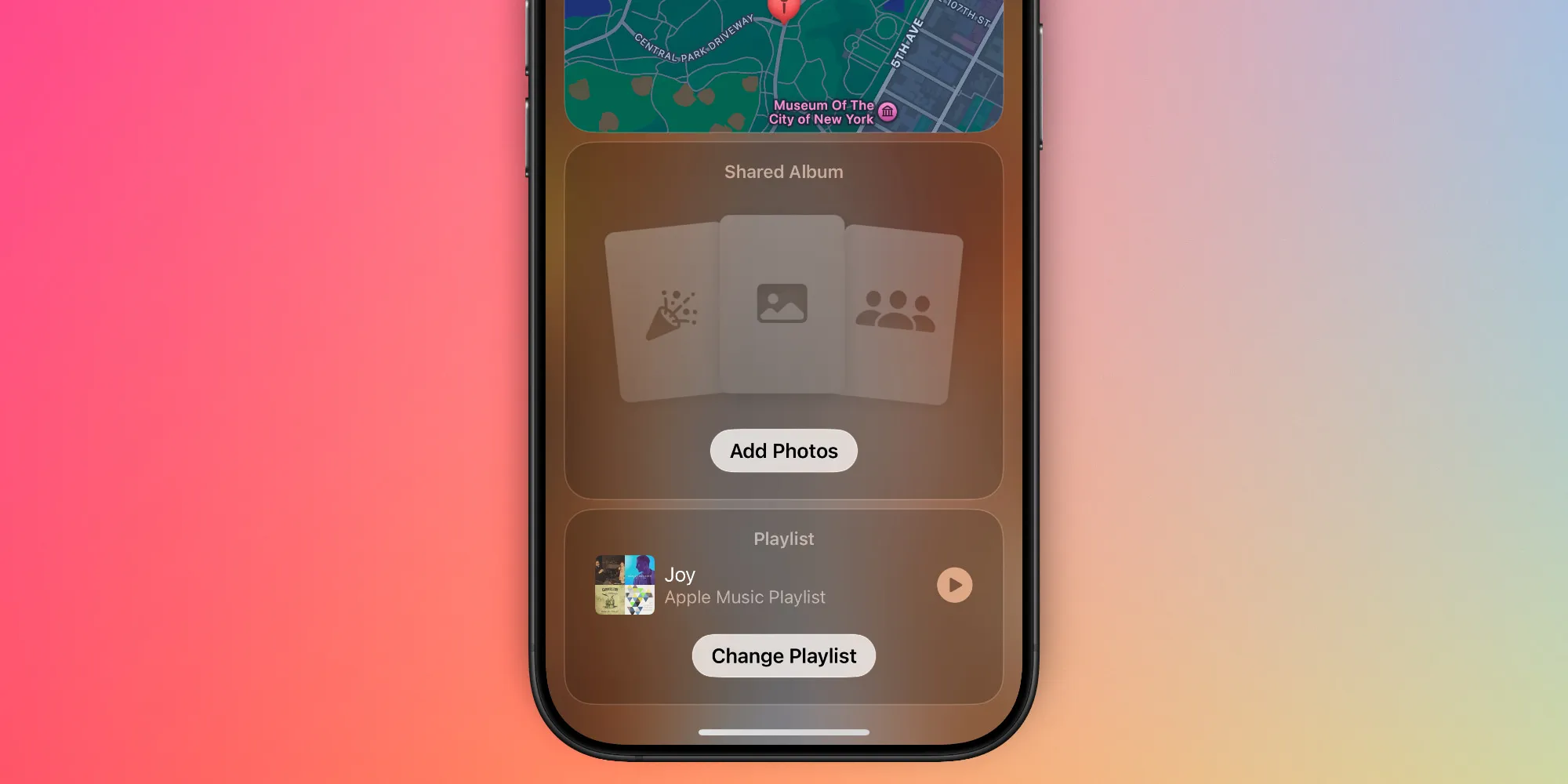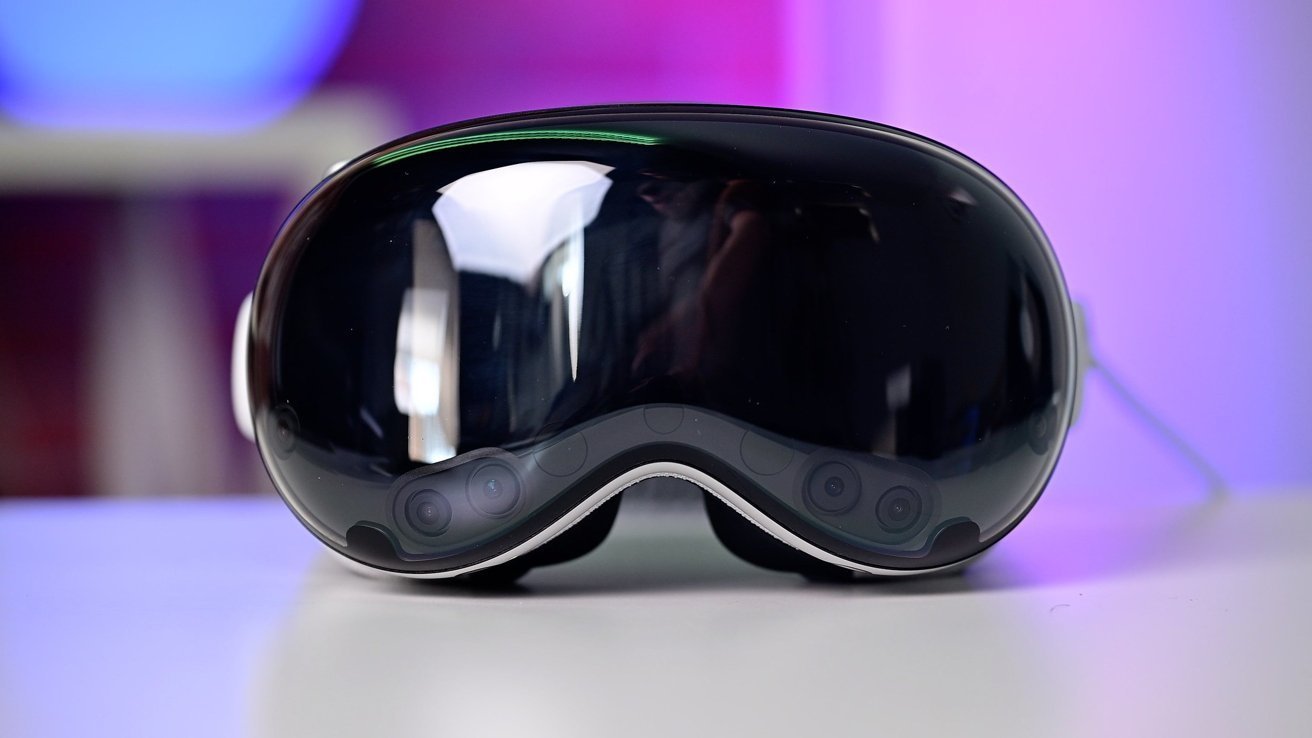Apple is quietly working on a new update for iPhones called iOS 18.3.1. We know this thanks to our website’s tracking, which has proven to be a good sign of what updates are coming next. You can expect this update to roll out in the coming weeks.
About iOS 18.3.1
This update isn’t going to be a big one. It’s mainly about fixing small problems and making sure your iPhone is safer by patching up security holes. One thing to note, the feature that gives you quick summaries of notifications for news and fun apps was turned off in the last update because it wasn’t working right. We don’t know yet if this will be fixed in iOS 18.3.1 or if we’ll have to wait for another update.
Looking Ahead to iOS 18.4
We’re also on the lookout for the first test version of iOS 18.4, which should come out this month. This update is set to bring some cool new stuff like better AI features for Siri, new emojis, and the option for people in the EU to choose their favorite map or translation apps by default. According to Apple’s site, we might see iOS 18.4 in April, after some testing.
So, keep an eye out for these updates if you want your iPhone to run smoothly and securely!






